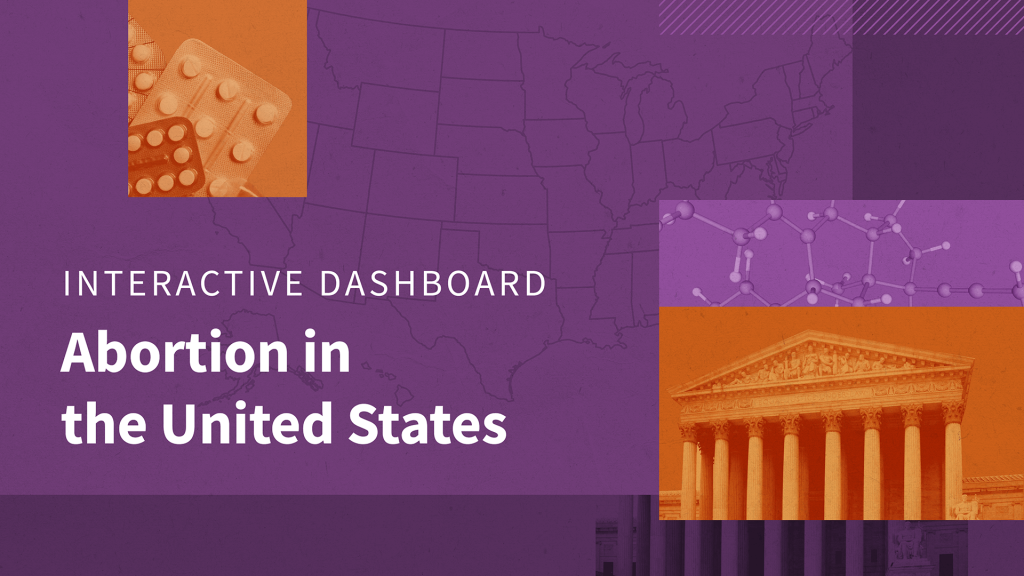What the Election Could Mean for the Mexico City Policy and U.S. Foreign Aid
This analysis outlines the potential reach of a prominent conservative proposal — widely seen as a blueprint for another Trump administration — that recommends expanding the Mexico City Policy to include virtually all U.S. foreign assistance. It looks at the amount of funding, the number of organizations, the range of foreign assistance sectors, and other variables that could be affected should the proposal be implemented.
